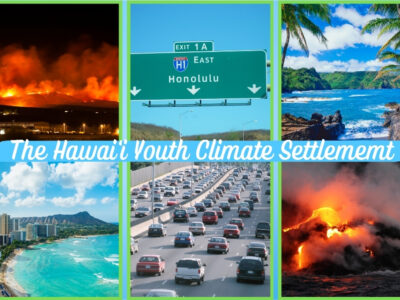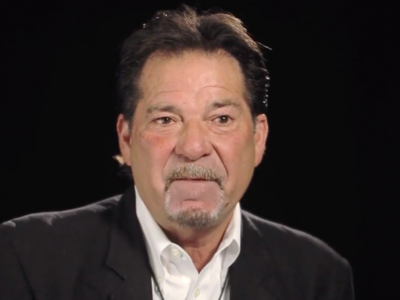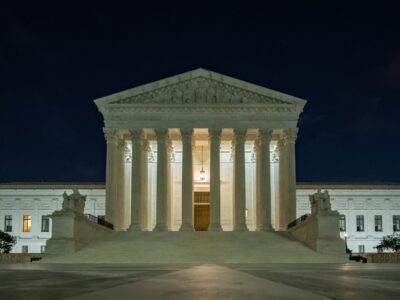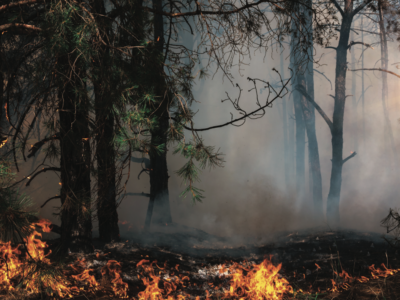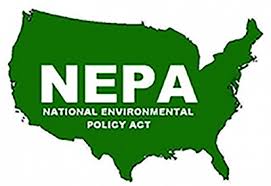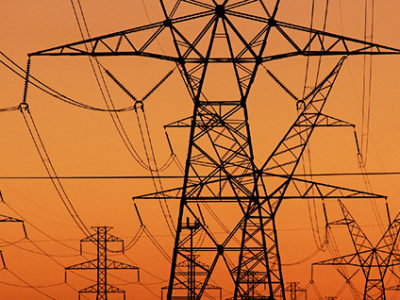General
The Hawai’i Youth Climate Settlement
Thirteen youth plaintiffs secured a court-enforced agreement to decarbonize the state’s transportation system without even setting foot in a courtroom.
At the precise time on Monday, June 24 when 13 young Hawaiians were set to file into a Honolulu court for the start of trial, they instead gathered at the historic Iolani Palace to celebrate with their legal teams and supporters. Their case, Navahine v. Hawaiʻi Department of Transportation, was the latest youth climate lawsuit …
Continue reading “The Hawai’i Youth Climate Settlement”
CONTINUE READINGIs Activism a Part of Responsible Climate Scholarship?
Academics needn’t become activists, but I argue that we must support activism. Indeed, inclusive engagement with activism could enhance our scholarship.
Climate activism has diverse expressions. From blowing up pipelines, to throwing orange cornflour on historic monuments. From street protests to writing politicians. In the opinion of some commentators, scientists and scholars should steer clear of all such activities. Some fear alienating publics from science and scholarship. Others suggest that participating in activism reveals a disturbing …
Continue reading “Is Activism a Part of Responsible Climate Scholarship?”
CONTINUE READINGThe “Silver Bullet” Required to Improve California’s Water Rights System: More & Better Data
California Lags Behind Other Western States in Obtaining Critically-Needed & Available Water Diversion Data
Recently I’ve posted stories about efforts to enforce California’s water laws in the face of efforts by some diverters to evade and ignore limits on their ability to privatize public water resources–especially in times of critical drought. One post focused on the federal government’s successful criminal prosecution of a San Joaquin Valley water district manager …
CONTINUE READINGMajor League Soccer’s LAFC Has a Big Oil Problem Too
The Dodgers are not the only LA sports team sullying their brand by taking oil money. Beloved soccer club LAFC recently renewed a partnership with Chevron.
BMO Stadium, the home of Los Angeles Football Club, is revered as one of the best places to watch soccer in the U.S., thanks to forward-thinking design and good vibes among their famously devout fans. BMO has even been called the future of stadium design. So, it’s all the more jarring that LAFC allows Big …
Continue reading “Major League Soccer’s LAFC Has a Big Oil Problem Too”
CONTINUE READINGReforming California’s Financial Penalties for Water Theft Will Create an Effective Deterrent
Overdue State Water Reform Legislation Likely Be Enacted in 2024–Finally
In a Legal Planet Post earlier this week, I recounted the saga of how federal prosecutors recently secured the criminal conviction of Dennis Falaschi, the former San Joaquin Valley water district general manager who oversaw the decades-long theft of millions of gallons of publicly-owned water from California’s Central Valley Project. That successful prosecution certainly qualifies …
CONTINUE READINGA Brazen California Water Heist Revealed, Prosecuted & Punished
San Joaquin Valley Water District Manager Pleads Guilty to Conspiring to Steal Public Water for 20+ Years
Recently, former Panoche Drainage District general manager Dennis Falaschi pled guilty in federal district court in Fresno to having conspired to steal millions of gallons of publicly-owned water from California’s Central Valley Project (CVP) for private gain. This surreptitious water theft apparently had been going on for well over two decades before Falaschi was finally …
Continue reading “A Brazen California Water Heist Revealed, Prosecuted & Punished”
CONTINUE READINGBig Oil Runs to the Supreme Court
Oil and gas companies want the justices to take up Honolulu’s climate liability case because this type of litigation is starting to gain strength.
The oil industry and its allies are attempting a full-court press to convince the Supreme Court justices they should shield them from climate liability lawsuits brought by cities and states throughout the U.S—and that they should do so now, before they face any court trials over climate-related damages. This unusual full-court press comes in the …
Continue reading “Big Oil Runs to the Supreme Court”
CONTINUE READINGNew Report: Scoping the Public Health Impacts of Wildfire
A primer for stakeholders interested in the intersections of wildland fire and public health.
Wildfire smoke presents a population-wide health risk in California. Catastrophic wildfires are fueling complex and extensive public health impacts, including air pollution-related mortality and a growing toll on mental health. These risks result in hundreds of millions of dollars in estimated losses and carry stark environmental justice implications for vulnerable populations. At the same time, …
Continue reading “New Report: Scoping the Public Health Impacts of Wildfire”
CONTINUE READINGNEPA in the Ninth
Can an agency just shortcut the whole process? The 9th Circuit says no.
On Wednesday, the Ninth Circuit decided a NEPA case that discusses two interesting issues. But what’s most striking isn’t what the court did discuss but what it didn’t mention : the fact that last year’s NEPA amendments speaks directly to one of those issues. Apparently the word that NEPA was extensively amended a year ago …
Continue reading “NEPA in the Ninth”
CONTINUE READINGImportant Progress Toward a Climate-Ready Grid
New transmission is crucial. This is how FERC is starting to address the problem.
We urgently need more transmission to accommodate renewable energy, increased energy demand, and grid resilience to climate disasters. Yet the transmission approval process has been badly broken, often favoring small projects that plump up utility profits but do little to address longterm or regional transmission needs. Last week, the government took steps to improve permitting …
Continue reading “Important Progress Toward a Climate-Ready Grid”
CONTINUE READING



